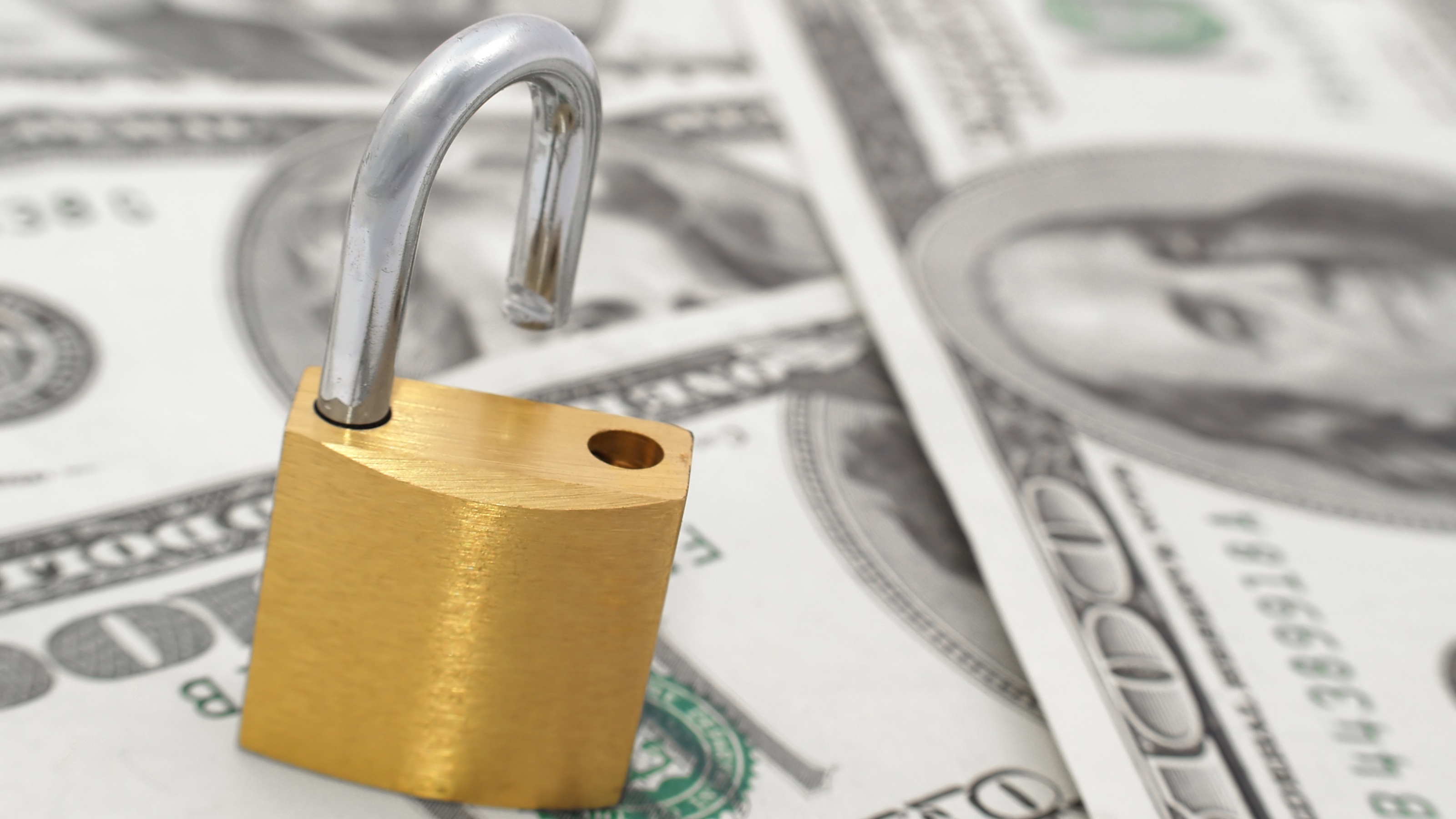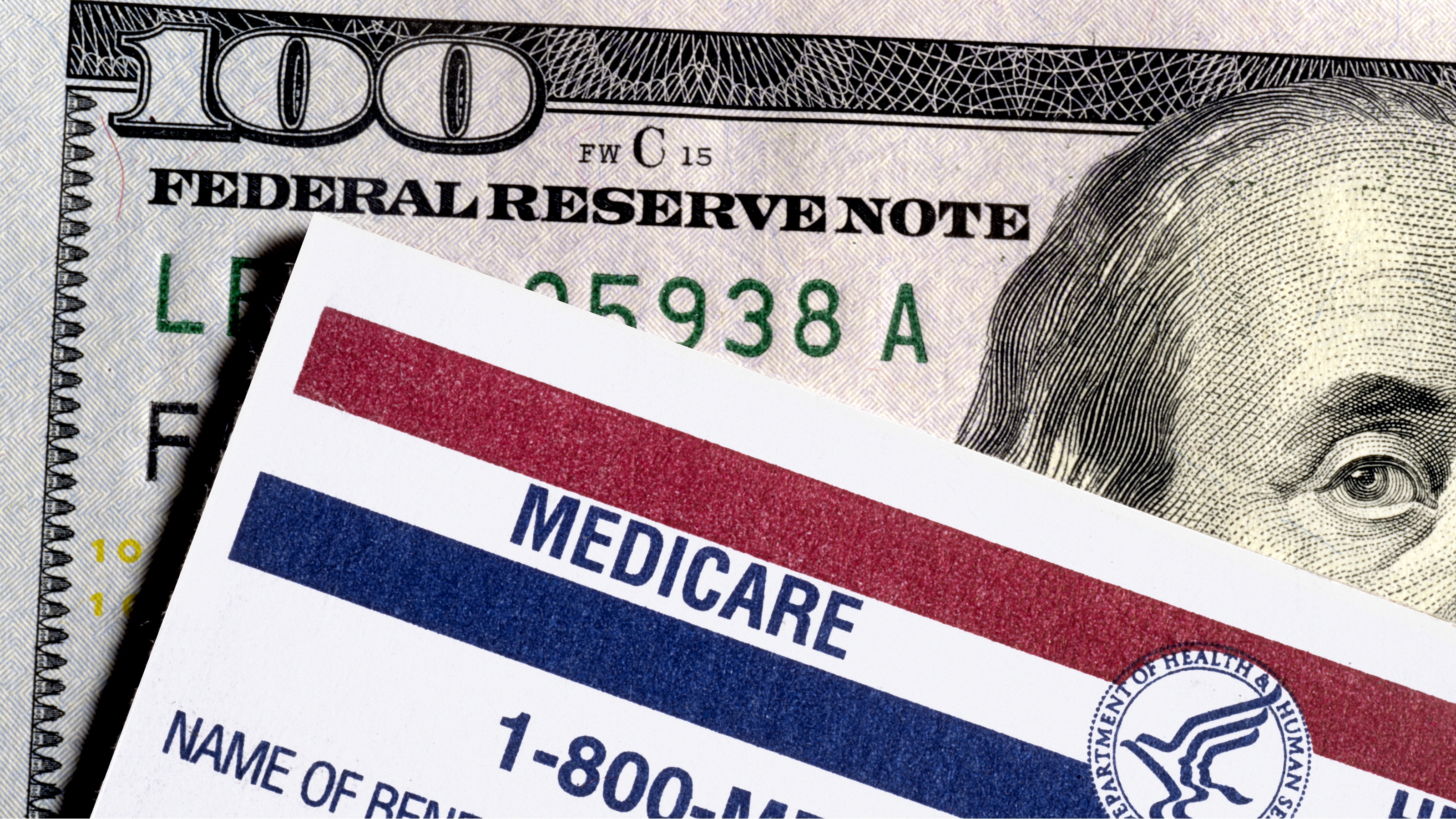Focus on Protecting Your Nest Egg Once You're Retired
How much do you really need to earn on your investments once you retire? Figure it out, and then don't take one more iota of risk than necessary.


If you’re like most investors, you’ve focused on making money for most of your financial life. But once you’re retired or close to retirement, I believe you need to shift gears, to put protection ahead of growth in order to make your savings last.
SEE ALSO: Is 4% Withdrawal Rate Still a Good Retirement Rule of Thumb?
In other words, I suggest you should only take as much risk as is necessary to accomplish your financial goals.
Calculate How Much Return You Really Need
Let's say you’ve done extremely well with your savings and investments over the years. You have $10 million in savings and live on $100,000 a year, so your cost of living is basically 1%. If you earned just 1% on your money, you’d never tap into your nest egg at all. I’d say you’ve won the game, and that you shouldn't risk that win. If you were the coach of a football team that was ahead by 10 points in the fourth quarter, would you tell your players to do anything that could cost you the game? I wouldn’t, and I’d say the same to an investor.

Sign up for Kiplinger’s Free E-Newsletters
Profit and prosper with the best of expert advice on investing, taxes, retirement, personal finance and more - straight to your e-mail.
Profit and prosper with the best of expert advice - straight to your e-mail.
If you have $10 million and only need a 1% return to support your lifestyle, I believe you should have no stock market risk. At that rate, you could probably put your money in a savings account and make enough to support your lifestyle.
It can be tempting to take a risk, especially when the market is bullish, but let me ask you this: If I could somehow guarantee you that a 2% rate of return would keep you financially secure for the rest of your life, would you take that rate — even if it didn’t beat the S&P? I think most people would take that deal and be really happy that they never had to worry about money again.
That’s why I believe that your retirement income is more important than the percentage return on your money.
What If You’re Not as Well Off?
But what if you only had $100,000 saved and you needed $10,000 a year to support your lifestyle? That would mean you needed a 10% rate of return. Would I advise you to chase a 10% return? No. I’d argue that that there’s no way to get that rate consistently.
Yes, the average annual return for the S&P 500 since its inception is 10%, but once you adjust for inflation, the average drops to around 7%. And there’s a bigger problem: That rate is an average from 1926 through 2018. The rate is nowhere as consistent in smaller increments of time. The average rate of return in 2007 was just 5.48% — and in 2008 it was -36.55%.
And to reiterate the point of this article: If you chase high returns, you are taking high risks. When you were working, you might have been able to cover some of your losses with your salary. But once you’re retired, you’re not just risking your nest egg: You’re risking income that helps to cover your cost of living. You’re running the risk of becoming poor.
See Also: How Can I Estimate the Income I'll Need in Retirement?
Two Options to Address Your Shortfall
Since attempting high returns is too risky, what can you do to make ends meet in retirement if your savings are falling short of your spending needs? Before you consider amping up your stock market risk to make up for the shortfall, first I’d suggest you take a hard look at your expenses instead.
Cost-cutting is difficult for most people. The term implies eliminating something you do—and probably do for enjoyment rather than necessity, or else it wouldn’t be on the table as a cost-cutting option. Instead, I advise people whose lifestyles outstrip their financial capabilities to reduce quantity. For example, I don’t suggest they stop playing golf, but cut back from playing from five days a week to playing three. If they’re eating out three times a week, I suggest they dine out once weekly.
It makes sense: If you want to lose weight, you don't stop eating, you just eat less. This “reduction in quantity” is the same sort of idea. If you manage quantity, the expenses will take care of themselves.
And if cost cutting doesn’t get you far enough? Well, there’s another thing you may need to do: Consider working longer, or, if you’re already retired, go back to work.
A Different Way to Think About Retirement
If you think my version of financial planning for retirement looks more like cash flow analysis than a typical investment plan, you’d be right. My job as a financial adviser is to help my clients’ money last as long as they do. I think that’s your job as an investor, too. And I think the best way to do that is to take only as much risk as you need to support your standard of living.
See Also: Want a Second Passport? Here Are 3 Countries You Can Buy Your Way Into the EU
Profit and prosper with the best of Kiplinger's advice on investing, taxes, retirement, personal finance and much more. Delivered daily. Enter your email in the box and click Sign Me Up.

Ken Moraif is the CEO and founder of Retirement Planners of America (RPOA), a Dallas-based wealth management and investment firm with over $3.58 billion in assets under management and serving 6,635 households in 48 states (as of Dec. 31, 2023).
-
 Higher Summer Costs: Tariffs Fuel Inflation in June
Higher Summer Costs: Tariffs Fuel Inflation in JuneTariffs Your summer holiday just got more expensive, and tariffs are partially to blame, economists say.
-
 Don’t Miss Alabama Tax-Free Weekend 2025
Don’t Miss Alabama Tax-Free Weekend 2025Tax Holiday Ready to save? Here’s everything you need to know about the 2025 back-to-school Alabama sales tax holiday.
-
 New SALT Cap Deduction: Unlock Massive Tax Savings with Non-Grantor Trusts
New SALT Cap Deduction: Unlock Massive Tax Savings with Non-Grantor TrustsThe One Big Beautiful Bill Act's increase of the state and local tax (SALT) deduction cap creates an opportunity to use multiple non-grantor trusts to maximize deductions and enhance estate planning.
-
 Know Your ABDs? A Beginner's Guide to Medicare Basics
Know Your ABDs? A Beginner's Guide to Medicare BasicsMedicare is an alphabet soup — and the rules can be just as confusing as the terminology. Conquer the system with this beginner's guide to Parts A, B and D.
-
 I'm an Investment Adviser: Why Playing Defense Can Win the Investing Game
I'm an Investment Adviser: Why Playing Defense Can Win the Investing GameChasing large returns through gold and other alternative investments might be thrilling, but playing defensive 'small ball' with your investments can be a winning formula.
-
 Five Big Beautiful Bill Changes and How Wealthy Retirees Can Benefit
Five Big Beautiful Bill Changes and How Wealthy Retirees Can BenefitHere's how wealthy retirees can plan for the changes in the new tax legislation, including what it means for tax rates, the SALT cap, charitable giving, estate taxes and other deductions and credits.
-
 Portfolio Manager Busts Five Myths About International Investing
Portfolio Manager Busts Five Myths About International InvestingThese common misconceptions lead many investors to overlook international markets, but embracing global diversification can enhance portfolio resilience and unlock long-term growth.
-
 I'm a Financial Planner: Here Are Five Smart Moves for DIY Investors
I'm a Financial Planner: Here Are Five Smart Moves for DIY InvestorsYou'll go further as a DIY investor with a solid game plan. Here are five tips to help you put together a strategy you can rely on over the years to come.
-
 Neglecting Car Maintenance Could Cost You More Than a Repair, Especially in the Summer
Neglecting Car Maintenance Could Cost You More Than a Repair, Especially in the SummerWorn, underinflated tires and other degraded car parts can fail in extreme heat, causing accidents. If your employer is ignoring needed repairs on company cars, there's something employees can do.
-
 'Drivers License': A Wealth Strategist Helps Gen Z Hit the Road
'Drivers License': A Wealth Strategist Helps Gen Z Hit the RoadFrom student loan debt to a changing job market, this generation has some potholes to navigate. But with those challenges come opportunities.